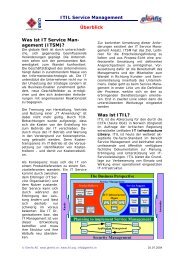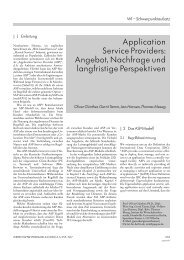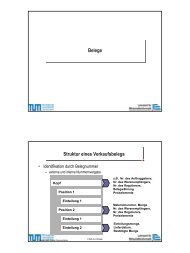Cross-cultural transitions and wellness: Dealing with culture shock
Cross-cultural transitions and wellness: Dealing with culture shock
Cross-cultural transitions and wellness: Dealing with culture shock
Create successful ePaper yourself
Turn your PDF publications into a flip-book with our unique Google optimized e-Paper software.
Strategies<br />
113<br />
As <strong>with</strong> many problems in living, the literature does a relatively thorough job<br />
defining the parameters <strong>and</strong> features of <strong>culture</strong> <strong>shock</strong> then focuses much less<br />
attention on suitable strategies for helping the victim. Much of what has been<br />
written addresses the assessment of adaptation potential of persons who will<br />
be moving to a new <strong>culture</strong>. Screening techniques <strong>and</strong> pre-departure pro-<br />
grams are of limited use to the counsellor who tends to encounter those who<br />
are already in the throes of <strong>culture</strong> <strong>shock</strong>. Determining whether or not the<br />
client was a suitable c<strong>and</strong>idate for the move in the first place will not help<br />
much at this point. The counsellor needs some alternatives, specific strate-<br />
gies for <strong>wellness</strong>. Following are some suggestions based on the literature.<br />
Underst<strong>and</strong>ing of Culture Shock<br />
As a first step, it may be useful for the client to become acquainted <strong>with</strong><br />
<strong>culture</strong> <strong>shock</strong> as a common <strong>and</strong> unavoidable process. Many people move to a<br />
new setting <strong>with</strong> unrealistic expectations of the dem<strong>and</strong>s in the new <strong>culture</strong><br />
<strong>and</strong> little awareness of their own limitations. The overwhelming confusion<br />
<strong>and</strong> frustration that are a part of <strong>culture</strong> <strong>shock</strong> may have been perceived as a<br />
severe personal problem, a weakness or mental health crisis of unknown<br />
origin. For the client to underst<strong>and</strong> that the stress is natural, time-limited, <strong>and</strong><br />
common to all sojourners can be therapeutic in itself. Reassuring the client<br />
that the difficulty is not just 'you' but rather 'you interacting in this strange<br />
place <strong>with</strong>out your familiar cues <strong>and</strong> resources' can lead to increased hope<br />
<strong>and</strong> confidence. The client may then be free to begin dealing <strong>with</strong> the new<br />
<strong>culture</strong> in specific small steps, recognizing that the process will take some<br />
time.<br />
Awareness of danger signs<br />
It can be important for the client to become aware of signs that things are<br />
getting out of control, specific signals that it is again time to talk <strong>with</strong><br />
someone. Kealey (1978, p. 53) identified several such signs:<br />
- you are drinking more<br />
- you are avoiding people<br />
- you are subject to uncontrollable emotions<br />
- you are spending all your time writing letters back home<br />
- you are constantly complaining about the society<br />
- you are adopting very negative attitudes towards the local people
















